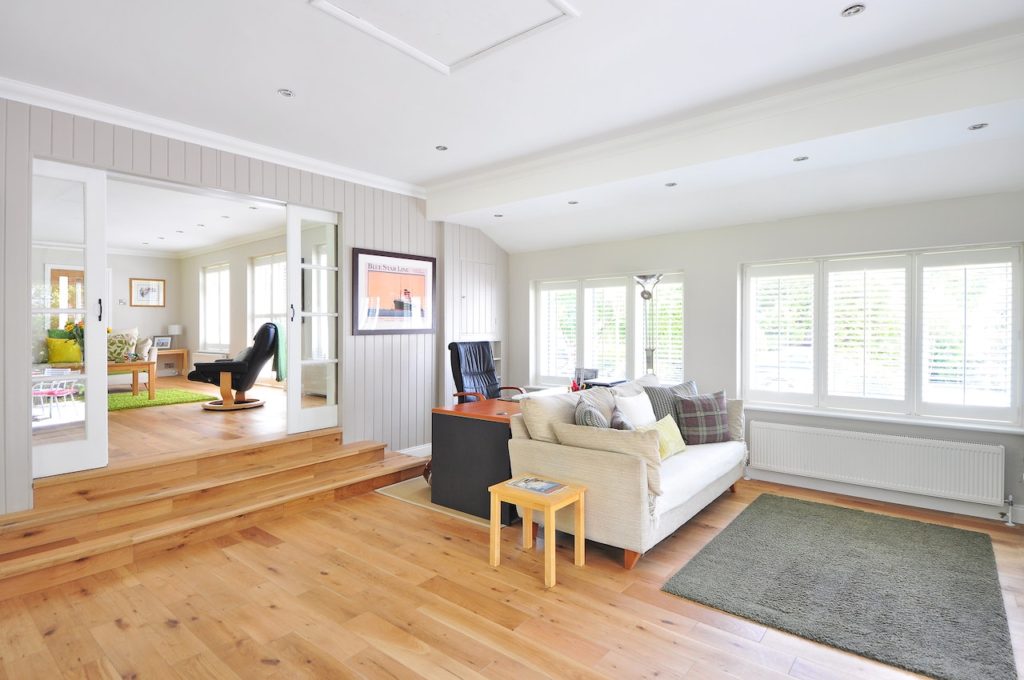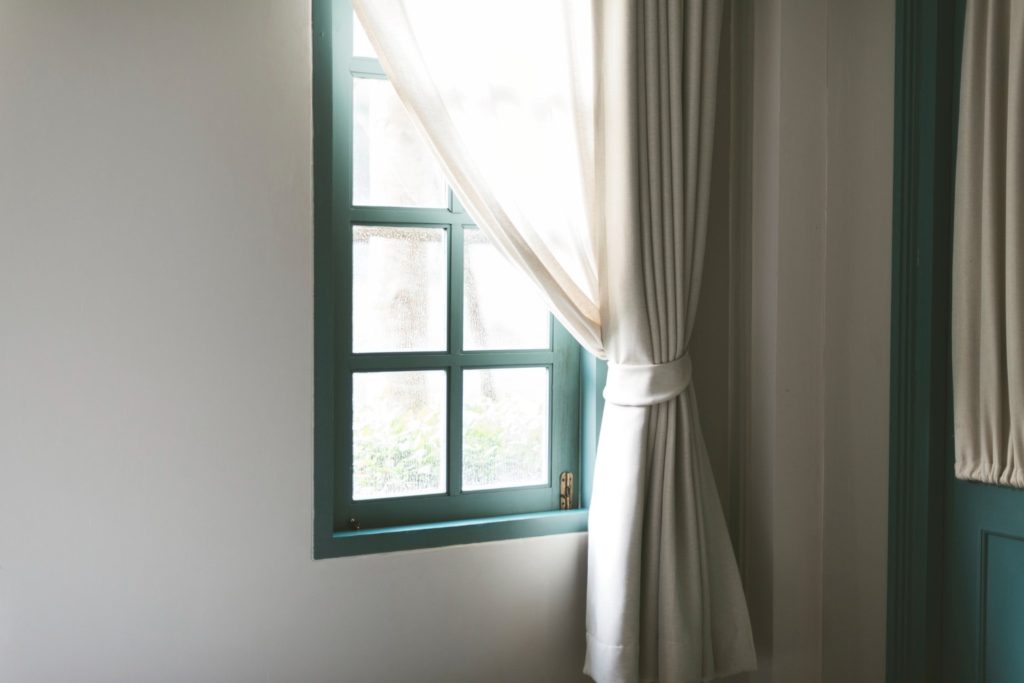Windows play an important role in the design of a building, serving both functional and aesthetic purposes. They can be found in almost every type of building, from homes to offices to skyscrapers. Windows are often referred to as the “eyes” of a building because they allow natural light to enter, giving the structure a sense of life and vitality.

Functionally, windows serve a number of important purposes. They allow natural light to enter the building, reducing the need for artificial lighting and saving energy. They also provide ventilation, helping to keep the indoor air fresh and clean. In addition, windows can be used as emergency exits in case of fire or other emergencies.
Windows can be made from a variety of materials, including wood, aluminum, and vinyl. Each material has its own unique properties, and the choice of material will depend on the specific requirements of the building and the design aesthetic.

From an aesthetic perspective, windows can be used to add visual interest and beauty to a building. They can be designed in a variety of shapes and sizes, and can be used to create interesting patterns and designs. They can also be used to frame views of the surrounding landscape, adding a sense of connection to the natural environment.
When it comes to energy efficiency, modern windows are designed to keep the inside of the building warm in the winter and cool in the summer. Low-e coatings, multiple panes of glass, and argon gas filling are some of the features that improve energy efficiency.
In summary, windows play a crucial role in the design of buildings, both functionally and aesthetically. They allow natural light to enter, provide ventilation, and serve as emergency exits. They can also be used to add visual interest and beauty to a building, and can be made from a variety of materials. With the advancement in technology and the focus on sustainability, the energy efficiency of windows is also becoming important.

There are also different types of windows that can be used in a building, depending on the specific needs and design goals. Some of the most common types of windows include:
Single-hung windows: These are traditional windows that have a single sash that can be raised or lowered. The bottom sash is fixed, while the top sash can be moved up or down.
Double-hung windows: Similar to single-hung windows, but with two sashes that can be raised or lowered. This allows for greater ventilation and easier cleaning.
Casement windows: These windows have a hinge on one side and open outward like a door. They are often used in hard-to-reach places, such as over a sink.
Awning windows: Similar to casement windows, but they open from the bottom and are hinged at the top. They are often used to provide ventilation in a bathroom or kitchen.
Sliding windows: These windows have one or more sashes that slide horizontally along a track. They are often used in modern designs and are a good option for larger openings.
Bay windows: These are a combination of windows that project out from the building and create a small alcove or “bay” inside the room. They are often used to add visual interest and provide a space for seating or storage.
Skylight windows: These are windows that are installed in the roof or ceiling of a building to allow natural light to enter. They are often used to light up dark rooms, such as attics or basements.
As technology advances, smart windows are also getting more attention. They are able to control the amount of sunlight and heat entering the room, by adjusting the transparency of the window. This can help to improve energy efficiency and comfort.

In conclusion, windows play a vital role in the design and functionality of a building. They can be used for various purposes, from providing natural light and ventilation to adding visual interest and beauty. With the various types and materials of windows available, architects and builders have a wide range of options to choose from to meet the specific needs and design goals of a building project. Smart windows with their energy efficiency and adjustability are becoming a more popular and practical choice as well.

